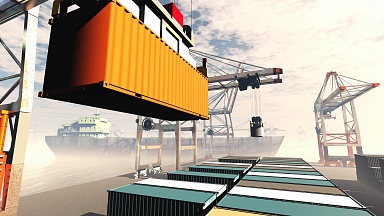The Chinese authority made the announcements on 6 July this year, however, there has not been much done so far. Nevertheless, the bold step has been a debated topic in the Chinese logistics industry. RailFreight.cn interviewed several industry insiders anonymously to hear their different views.
Why these cities?
Initially, there were clear standards set out for the selection of the hubs. These were the following:
- the location had to be advantageous and clearly identified as a national hub already;
- there had to be a foundation for infrastructure, including container terminals and railway shunting facilities. It had to be multimodal, have customs supervision and other requested logistics facilities;
- the city had to have a strong economic background, with a GDP greater than 75 billion euros and provincial import and export volumes greater than 37.5 billion euros;
- the city had to meet high operational standards, relatively mature overseas operations and play a role in freight distribution, consolidation and transport-trade integration.
Strictly judging from the statistics, these five cities clearly stand out. In the first half of 2020, a total of 5,122 trains were launched to Europe by more than 50 cities in China. The total volumes of the selected five cities reached 4,003 trains, accounting for more than 78 per cent of the total. Xi’an clearly ranked first, with 1,667 trains.




